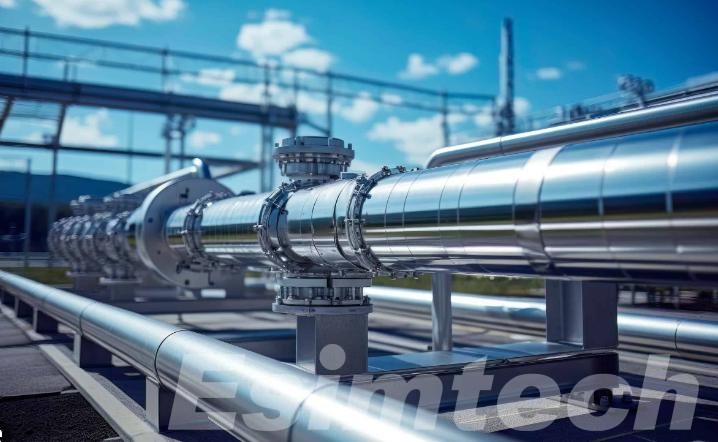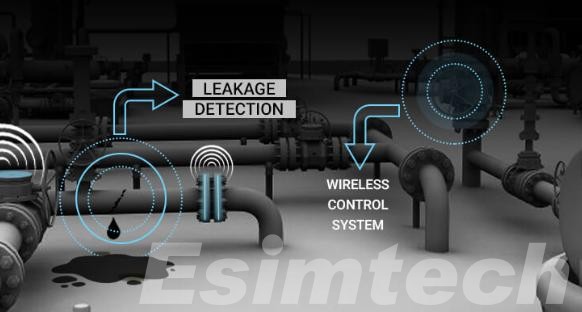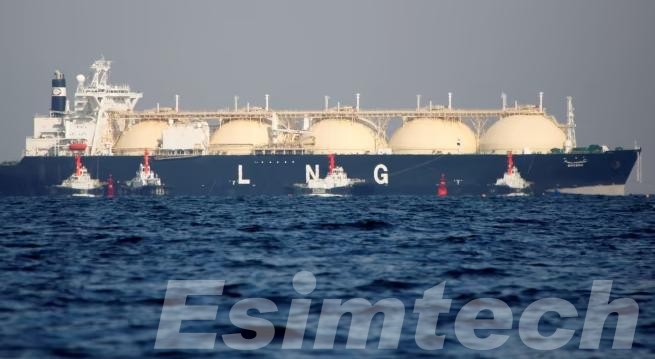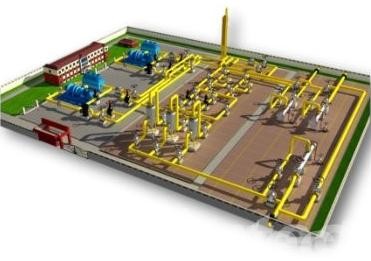Technological Advancement in Oil and Gas Transportation
In the constantly evolving oil and gas industry landscape, transportation plays a crucial role in ensuring the smooth flow of resources from extraction sites to end consumers. However, the industry faces numerous challenges ranging from security issues to low operational efficiency. Fortunately, the constantly evolving technological advancements provide innovative solutions to overcome these obstacles, bringing numerous benefits to the entire industry.

Challenges in Oil & Gas Transportation
Oil and gas transportation faces multifaceted challenges that stem from the complexities of the industry and the inherent risks associated with moving hazardous materials over vast distances.
Safety Concerns: Perhaps the most pressing challenge in oil and gas transportation is safety. The potential for accidents, leaks, and spills poses significant risks to both the environment and public health. Aging infrastructure, equipment failures, and human error further exacerbate these risks, highlighting the need for robust safety measures and proactive risk management strategies.
- Environmental Risks: Oil spills and leaks not only have immediate environmental consequences but also long-term ecological impacts. Contaminated waterways, soil degradation, and harm to wildlife are just a few of the devastating effects of oil and gas transportation accidents. Moreover, the transportation of fossil fuels contributes to greenhouse gas emissions, exacerbating climate change and environmental degradation.
- Logistical Complexities: The logistics of oil and gas transportation are inherently complex, involving multiple modes of transportation, vast networks of pipelines and terminals, and coordination among various stakeholders. Delays, disruptions, and bottlenecks in the transportation infrastructure can lead to supply chain disruptions, impacting energy markets and economic stability.
- Regulatory Compliance: Compliance with stringent regulatory requirements adds another layer of complexity to oil and gas transportation operations. Operators must navigate a maze of regulations governing safety standards, environmental protection, and land use, ensuring adherence to legal and regulatory frameworks while maintaining operational efficiency.
- Geopolitical Risks: Oil and gas transportation often traverses geopolitical boundaries, exposing it to geopolitical risks such as political instability, conflicts, and trade disputes. Geopolitical tensions can disrupt supply routes, leading to supply shortages, price volatility, and geopolitical maneuvering that can impact global energy markets.
Addressing these challenges requires a comprehensive approach that integrates technological innovation, rigorous safety protocols, and sustainable practices. By leveraging advanced technologies such as real-time monitoring systems, digitalization, and automation, the oil and gas industry can mitigate risks, enhance operational efficiency, and ensure the responsible transportation of oil and gas resources.
Technological Solutions for Oil and Gas Transportation
Fortunately, technology is driving transformative changes in the realm of oil and gas transportation, offering robust solutions to address these challenges. Here’s a deeper dive into some key areas of innovation.
1. Advanced Leak Detection

One of the most critical concerns in oil and gas transportation is the prevention and detection of leaks. Traditional methods often fall short in providing timely and accurate detection. However, the integration of sensor technology, satellite monitoring, and artificial intelligence (AI) has transformed leak detection capabilities. Advanced sensors installed along pipelines can detect even minor leaks, while satellite imagery provides real-time monitoring of vast stretches of pipelines. AI algorithms analyze the data collected from these sources, swiftly pinpointing potential leaks with unprecedented accuracy. By minimizing the time it takes to identify and address leaks, these technologies significantly reduce environmental damage and enhance overall safety.
2. Digital Optimization and Automation
The advent of digitalization has revolutionized the way oil and gas transportation systems are managed and operated. Real-time data analytics, powered by machine learning algorithms, enable operators to optimize pipeline flow, predict maintenance needs, and minimize energy consumption. These systems continuously monitor various parameters such as pressure, temperature, and flow rates, allowing operators to make informed decisions in real-time. Additionally, predictive analytics can forecast potential issues before they escalate, facilitating proactive maintenance and minimizing downtime.
3. Robotics and Remote Monitoring
Remote monitoring and inspection technologies play a crucial role in ensuring the integrity and safety of pipelines. Remotely operated vehicles (ROVs) equipped with cameras and sensors can navigate through pipelines, inspecting them for signs of corrosion, damage, or other anomalies. Autonomous drones equipped with specialized sensors can cover vast geographical areas, conducting aerial surveys to identify leaks, encroachments, or security breaches. These technologies not only enhance safety by reducing the need for manual inspections in hazardous environments but also improve the efficiency and accuracy of inspections.
4. LNG Transportation

Liquefied natural gas (LNG) has emerged as a cleaner and more flexible alternative to traditional gas transportation methods. By liquefying natural gas at cryogenic temperatures, it becomes more compact, enabling easier storage and transportation over long distances. LNG carriers, equipped with advanced insulation and safety features, transport LNG from production facilities to distribution hubs worldwide. The versatility of LNG allows access to remote gas reserves previously considered uneconomical to develop, thereby diversifying energy sources and enhancing energy security.
5. Oil and Gas Transportation Simulation

Advanced simulation software allows operators to model various transportation scenarios, including pipeline flow dynamics, vessel routing, and storage facility utilization. By simulating different operational conditions and scenarios, operators can identify potential bottlenecks, optimize resource allocation, and improve overall efficiency. This technology enables operators to fine-tune their transportation strategies, minimize costs, and maximize throughput while maintaining safety and compliance with regulatory requirements.
Benefits of Technological Advancement in Oil and Gas Transportation
The integration of technological advancements into oil and gas transportation yields an array of compelling benefits. Firstly, heightened safety measures facilitated by these innovations significantly mitigate the risk of environmental catastrophes and safeguard the welfare of communities residing near transportation routes. Moreover, the optimization of operational efficiency translates into substantial cost savings and heightened reliability, ensuring seamless supply chains and fortifying the resilience of the energy sector.
Furthermore, technological breakthroughs catalyze the adoption of sustainable practices in oil and gas transportation. From the utilization of cleaner-burning fuels that curtail greenhouse gas emissions to the minimization of the ecological footprint of transportation infrastructure, these advancements align with the industry’s commitment to environmental stewardship and sustainability, thereby fostering a greener and more responsible approach to energy transportation.
Conclusion
The oil and gas transportation industry is undergoing a significant transformation driven by technological innovation. By embracing these advancements, the industry can ensure safer, more efficient, and environmentally responsible transportation of these critical resources, paving the way for a more sustainable future.
